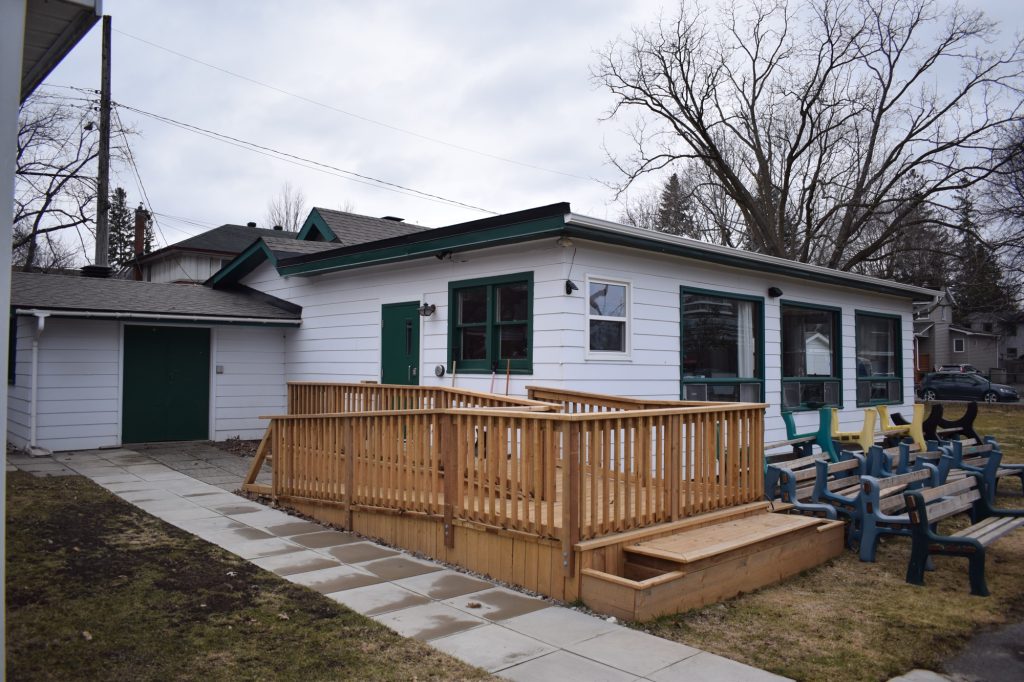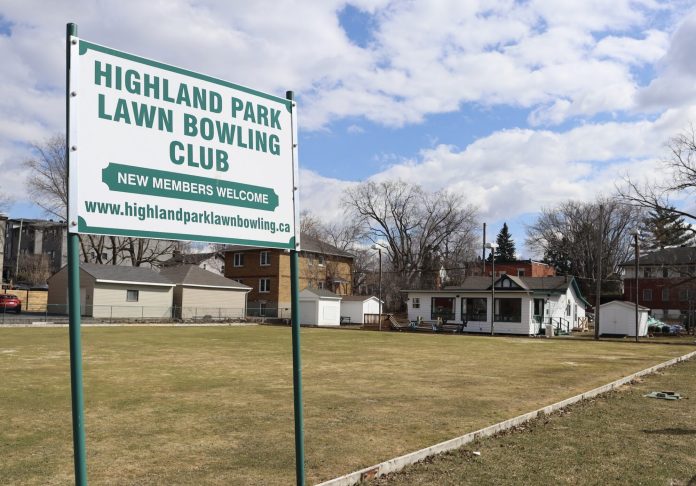By Mat Dicsi
It’s a building that has stood in Westboro for over a century. The Highland Park Lawn Bowling Club has received heritage designation just as the group gets set to celebrate its 110th anniversary.
The structure, located on Byron Ave near Golden and Ravenhill, previously sat on the city’s heritage register for two years.
“The heritage register didn’t protect the green or the building at all,” said Tom (Paul) Sawyer, groundskeeper of the Lawn Bowling Club. “When you get a designation, it goes to the province and is registered as a cultural heritage landmark within the city.”
That gives the city more control over what can be done with the building and prevents it from being torn down for development. Any alterations or advanced modifications would need to be approved in advance.
City officials are in a mad dash to designate as many properties as possible by the end of year due to Bill 23, known as the More Homes Built Faster Act. As of Jan. 1, 2025, any buildings still on the list will be removed for at least five years, opening them up to the possibility of demolition and development.
“It just stops developers from changing the zoning. We are zoned as recreational but taxed as commercial so it’s a bit tricky,” said Sawyer.
The Highland Park Lawn Bowling Club was founded in 1914 when a group of men from the Village of Westboro and Township of Nepean approached John E. Cole who owned the farmland. They requested permission to construct a lawn bowling green and tennis courts on part of the property. It was a successful deal.
The site was leased for many years until 1941 when Club members took shares on the land and purchased it. Cole was then made a lifetime member due to his years of generosity.
The tennis courts were in operation until 1954 when that section of land was sold for housing due to money strains. In 1955, a thunderstorm caused a large elm tree to fall, destroying the west end of the clubhouse. Then in 1962, a fire broke out from within the building, engulfing it in flames.

Located in the center of Ottawa’s hottest neighbourhood, it’s a costly process to keep the club going.
“We are looking at a [tax] bill of probably over $14,000,” said club president Marrie-Anne Rene de Cotret. “Our water bill was (over) $3,000 last year, and we are anticipating it to be higher this year.”
“We’re also a non-profit organization, so we have to do all the fundraising ourselves, without help from the municipal or provincial governments,” she added.
Part of these funds come from sponsors who place signs along the club’s fence.
Thanks to community support, the club has been able to remain in existence for many decades.
“The past few years we’ve had families come to bowl on Friday afternoons after school or Sundays. We have our barbeque so they can have an evening meal with their kids,” said Rene de Cotret.
The premise of lawn bowling is fairly straightforward. The sport combines the technique of bowling with the discipline of curling. You roll the bowls along the green, try to get them close to the mark, and keep them there.
The City of Ottawa staff report said the Highland Park Bowling Club was worthy of designation due to it being one of the few remaining greenspaces in the area. “The club has served as a community sports hub for over a century, preserving the traditions of lawn bowling amidst urban development,” it read.
The club will be holding an open house on May 11, and the 110-year-anniversary on August 17.
